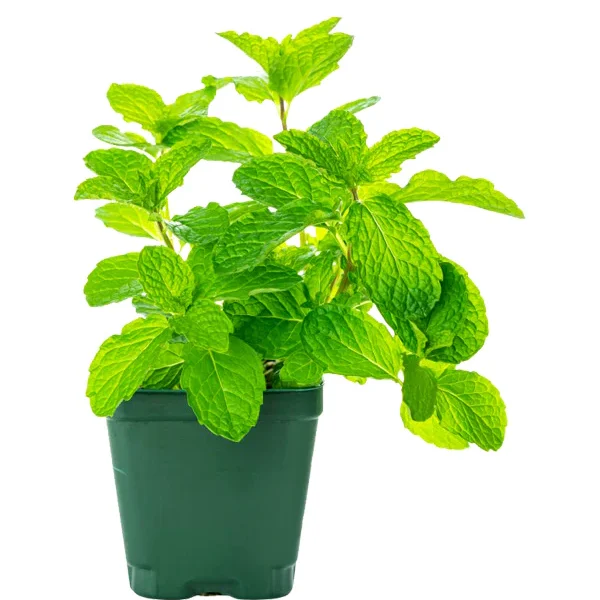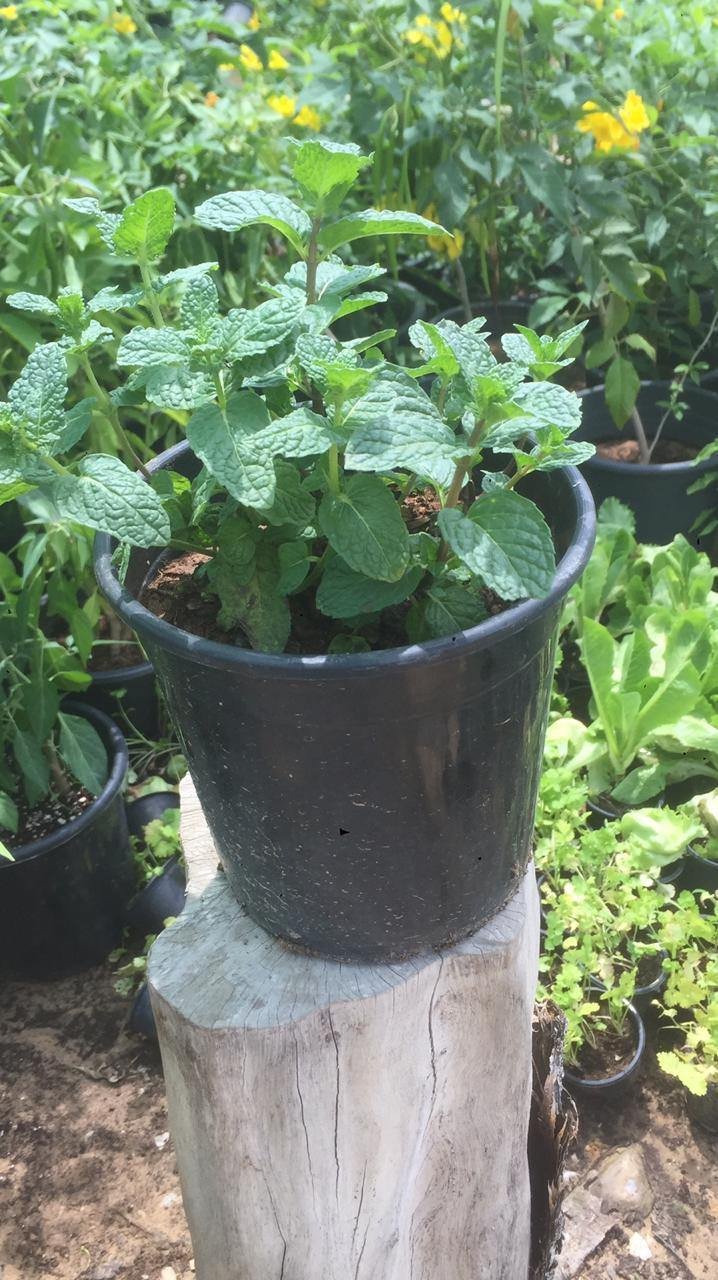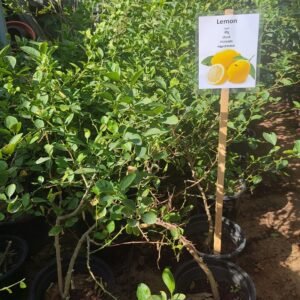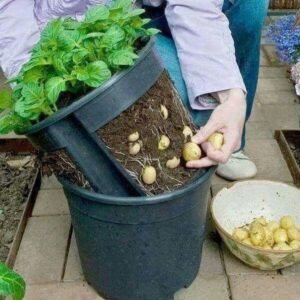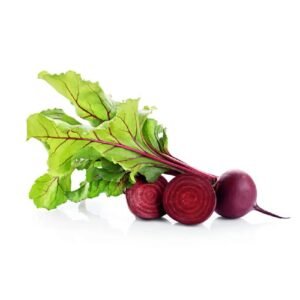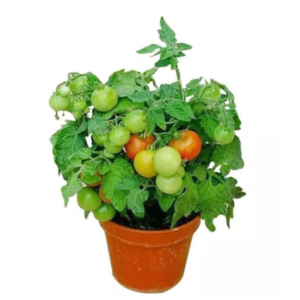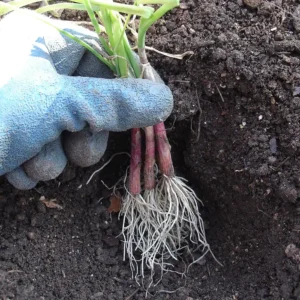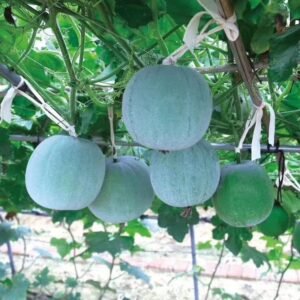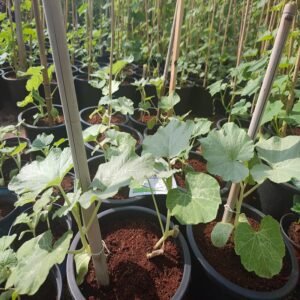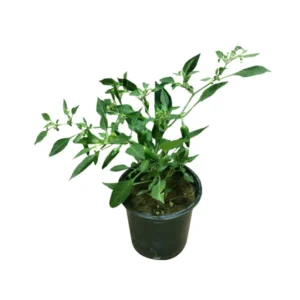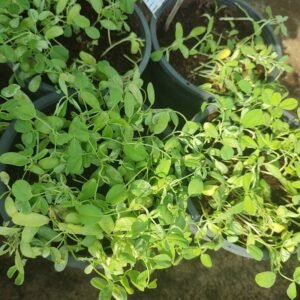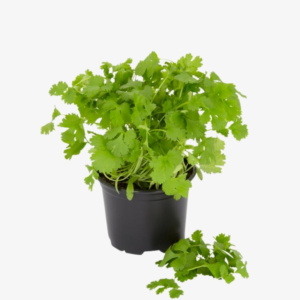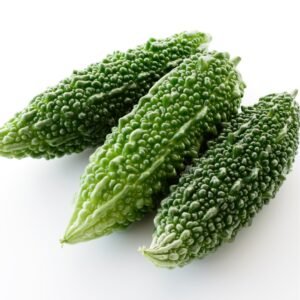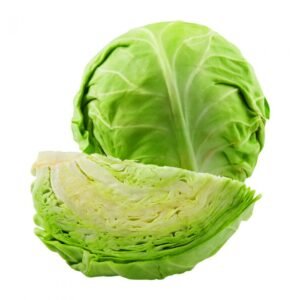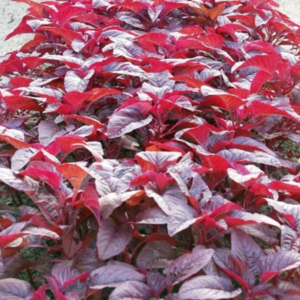| Description |
Peppermint is the common name for this herb and perennial plant. Mentha piperita is a cultivar derived from mentha crispa and mentha aquatica. It is known only in cultivation, so that the natural distribution cannot be named. This mint grows to a height of 60 cm. Its leaves are ovate and fresh green, and the aromatic foliage is deciduous. The flowers appear in summer as pink spikes. Mentha loves a sunny location, but with good irrigated soil. For a favoured location, it can be used as grouped plantation or groundcover at pond edges or in swamps. With sun, the aromatic oils in the plant will be optimally developed. The leaves can be used for fresh mint tea, even when dry. In gulf regions, peppermint tea is served after dinner because of its good digestive properties, in addition to the refreshing taste. It has an anti-bacterial function; the aromatic oil helps with headaches and can be inhaled to alleviate colds. Mentha is not suitable for babies, because the oil is too strong. Propagation can be done by runners and cuttings which root easily. Sometimes, if the location meets the plant’s requirements, mentha can be invasive, but can be easily controlled by reducing the water supply. Pruning from time to time, and at the beginning of a new season, will support the dense growth. In gulf regions, peppermint is highly attractive in private gardens next to ponds, because it can be harvested directly for a fresh tea. It is often found growing on farms. |

